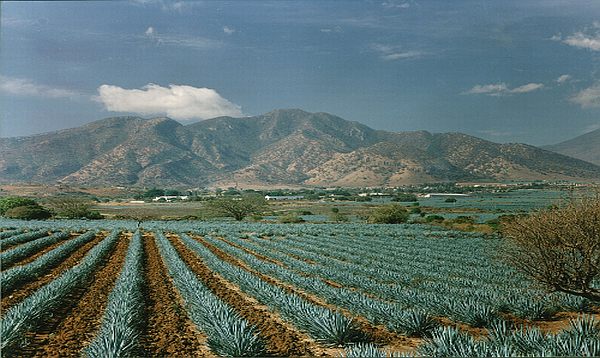Jalisco, Mexico - Poorly cared for and threatened by pollution, Jalisco’s agave growing region is in danger of losing its status as a world heritage site.
The United Nations Educational, Scientific and Cultural Organization (UNESCO) added Jalisco's "Agave Landscape and Ancient Industrial Facilities of Tequila" to its World Heritage List in 2006.
But the area has become threatened, with businesses in the protected area not fulfilling their obligations to treat sewage, and also by local authorities approval for the installation of a landfill site in Amatitan.
Candidates for the state governorship, Jorge Aristoteles Sandoval Diaz and Enrique Alfaro Ramirez, have both voiced their concerns this week.
"Losing recognition would entail a loss of global prestige and would also hinder any attempt by the state of Jalisco to seek further designations," said Sandoval.
"It would mean losing something that cost a lot of work to obtain and has become an important element in promoting tourism in this area," said Alfaro.
On its website, UNESCO says the agave region is "shaped by the culture of the plant used since the 16th century to produce tequila spirit and for at least 2,000 years to make fermented drinks and cloth. Within the landscape are working distilleries reflecting the growth in the international consumption of tequila in the 19th and 20th centuries."


